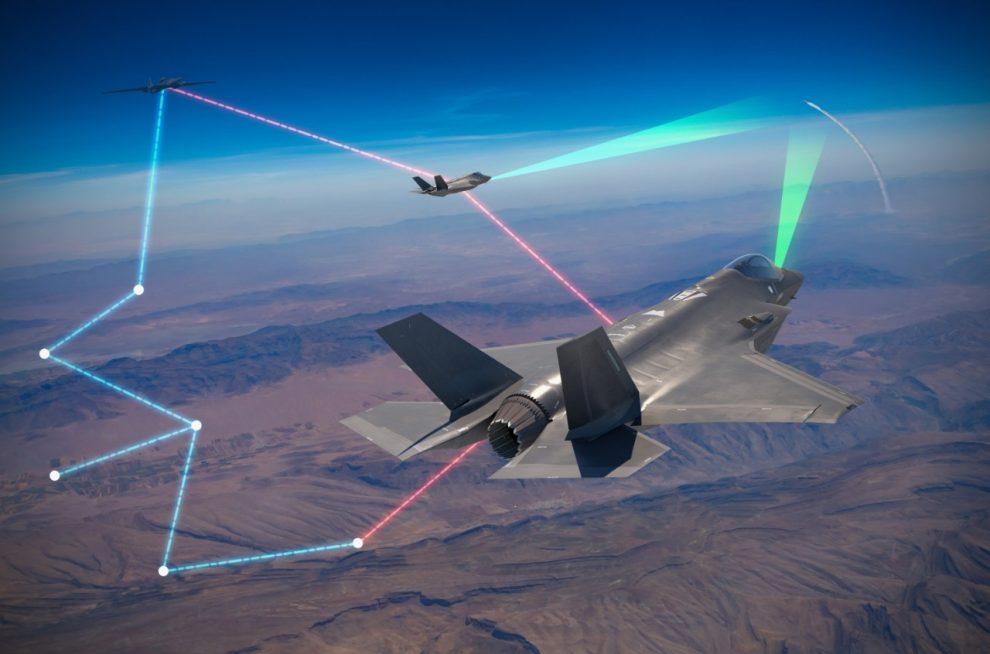
A Lockheed Martin F-35 has teamed up a second time with the same company’s PAC-3 missile to shoot down a surrogate cruise missile during a mid-July demonstration at White Sands Missile Range in New Mexico, Lockheed said on July 15.
At the same time, Northrop Grumman introduced a Joint Track Manager Capability to the company’s Integrated Air and Missile Defense Battle Command System (IBCS). The track manager translated communications waveforms from the Navy’s Cooperative Engagement Capability to the IBCS. As a result, the Army’s IBCS could receive data feeds from the Marine Corps’ TPS-80 Ground/Air Task-Oriented Radar, a Northrop sensor.
The combination of airborne and ground-based sensors played a key role in the latest demonstration. A simulated enemy launched two cruise missiles, with one assigned to strike a target on the ground and the other carrying an electronic attack payload to disrupt radars.
By using a combination of the TPS-80, two Raytheon MPQ-54 radars and the sensors aboard two U.S. Air Force F-35As, the IBCS was able to overcome the electronic attack threat, Northrop said.
The F-35 added an elevated sensor to the Army’s air and missile defense system, giving the defenders more time to develop a targeting solution on an incoming threat. All three radars feeding data to the IBCS—the TPS-80, MPQ-64 and the F-35’s APG-81—operate in the X-band frequency range, but the combination of airborne and ground sensors complicated the electronic attack mission of the surrogate cruise missile.
The IBCS system blended the F-35 track data of the surrogate cruise missile with information from other sensors, then fired a PAC-3 to make a successful hit-to-kill intercept, Lockheed said.
The mixing of F-35 and the Army’s ground-based system added a new wrinkle to the demonstrated capabilities of the IBCS. In a 2019 demonstration, the IBCS used F-35 tracking data alone to shoot down two cruise missile threats simultaneously.
During the 2019 test, an F-35 transmitted sensor data to Lockheed’s Harvest Lightning ground station, which translated the data into a message format that could be understood by the IBCS software.
But the latest test also used airborne communications gateways to transmit the F-35 data to the IBCS.
“This flight test shows the impact of what we can do in Joint All Domain Operations when we use the U.S. Army’s IBCS and airborne communications gateways,” said Brenda Davidson, Lockheed’s vice president of PAC-3 Programs.
The F-35 has also been used as an elevated sensor for the Navy’s Aegis Combat System. In a 2017 demonstration, the F-35 fed tracking data to an Aegis warship, which used that information to launch a Raytheon SM-6 against another surface vessel positioned over the horizon from the Navy ship.





